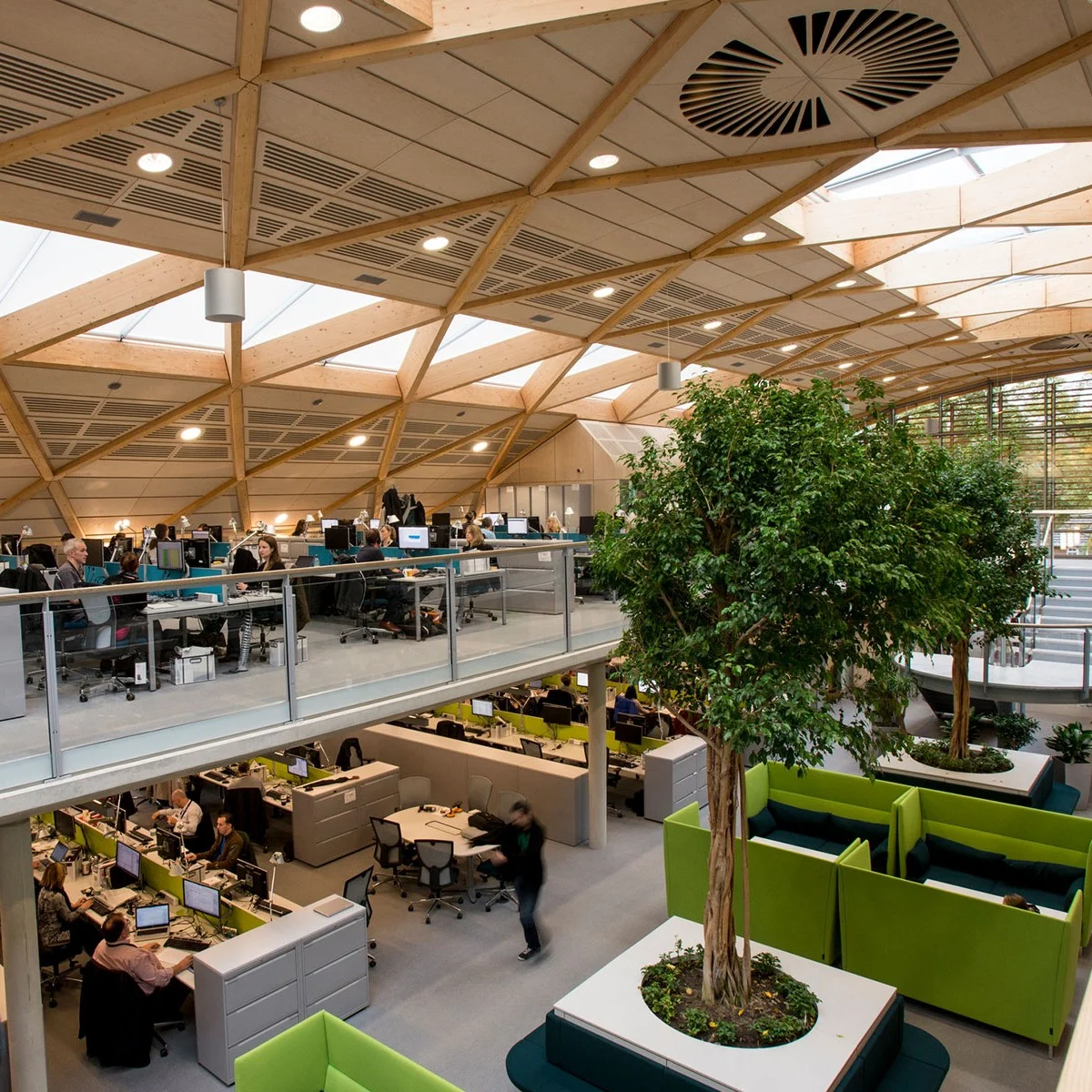Minimising the impact of business on the wider environment is no longer a ‘nice to have’ but a business imperative. Pressure is coming from all stakeholders including employees, investors, customers and clients, government and the media. According to the Leadership in Corporate Sustainability – European Report 2018, three quarters of European business leaders believe that ignoring sustainability will affect their company’s ability to create long-term value.
The message is clear: to survive, let alone thrive, businesses must take note and act now to address their negative impacts on the environment and society. Those designing and managing the workplace have a critical role in overcoming these challenges and meeting the demands and expectations of the workforce, purchasers, investors, policy makers and the office of the future itself.
Looking purely at the environmental impacts, much workplace focus is on reducing waste generated by day-to-day operations. When was the last time you visited an office without a recycling scheme or some sort of energy-saving lighting system? Less thought is given to the impacts of workplace change – building modification, relocation, clearance and fit-out – where the opportunities to keep existing assets in use and reduce waste are huge.
The circular economy is an approach to eliminating waste and reusing items to achieve greater sustainability. Global thought leader The Ellen MacArthur Foundation, for example, has done much to boost awareness of the circular economy and how our current way of doing things ‘is reaching its limits.’ Also, The Prince’s Responsible Business Network provides guidance and practical steps to introduce a ‘circular office.’ This applies the principles of the circular economy to an office’s design and operations, focusing on eliminating waste and retaining the value of existing resources for as long as possible.
Key factors of a circular office includes repairing rather than replacing damaged office furniture, buying sustainably sourced paper and ensuring that it’s recycled after use. Given the work of businesses that re manufacture and refurbish office furniture over the last ten years, we know that this way of thinking and doing is not a fad. It is now becoming mainstream, with those not changing the way they operate soon likely to be in a minority.
What are the benefits of a circular office?
Businesses have a lot to gain from a successful ‘circular office’ strategy. It applies these principles to every aspect of the workspace from the fabric, fixtures and fittings of the building to the furnishings and consumables used on a daily basis. Applying circular office principles in the office requires a deep rooted change of systems and mind-sets, as well as collaboration with the supply chain. Significant environmental and social outcomes can be achieved even with small steps such as repairing rather than replacing damaged office furniture, buying sustainably sourced paper and ensuring it’s recycled after use.


